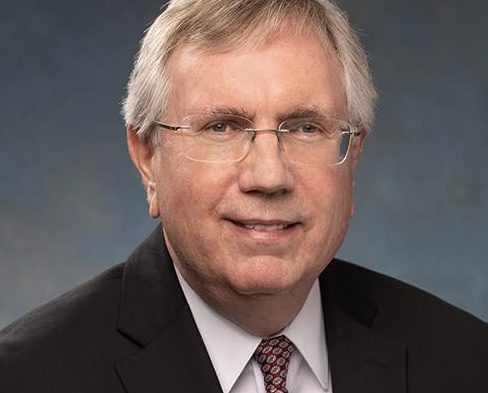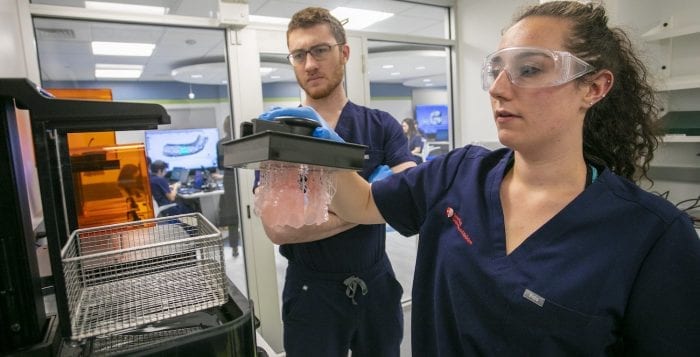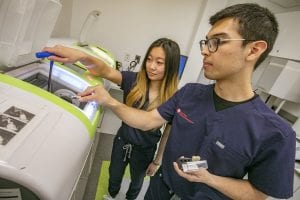Stony Brook University has named Patrick M. Lloyd, DDS, MS, as Dean of the School of Dental Medicine (SDM). Lloyd’s appointment, effective July 1, was announced by Hal Paz, MD, executive vice president of health sciences at Stony Brook University and chief executive officer, Stony Brook University Medicine. Lloyd joins Stony Brook after a decade spent as the dean of the College of Dentistry at Ohio State University.
Dr. Lloyd succeeds Margaret M. McGovern, MD, PhD, who was named Interim Dean of the School of Dental Medicine on Dec. 1, 2021. While at Ohio State some of Lloyd’s accomplishments included increasing college funding support for student research, forming a college-wide workgroup to identify priorities and develop strategies to improve the school’s environment, and initiating the CARE (Commitment to Access Resources and Education) program aimed at recruiting and supporting dental students from underserved communities in Ohio, and oversaw the planning, design, and fund raising for a ninety-five million dollar expansion and renovation of the college’s clinical and administrative facilities.
Dr. Lloyd is an international lecturer on a variety of issues related to geriatric dentistry and has published widely on treatment strategies for the aged dental patient. His diverse clinical experience includes private practice in prosthodontics with an emphasis on care of the older adult and educating and training students in the area of special patient care.
Dr. Lloyd is a graduate of Marquette University School of Dentistry and earned his specialty certificate in prosthodontics from the V.A. Medical Center in Milwaukee, Wisconsin, as well as a master of science from the Graduate School of Marquette University. After completing his specialty training, Lloyd served as chief of dental geriatrics and directed a fellowship in geriatric dentistry at the Milwaukee V.A. Medical Center.
In 1985, he was appointed to serve as national coordinator for geriatric dental programs for the Department of Veterans Affairs. In 1992, he joined the faculty at Marquette University, where he was head of the Special Patient Care Clinic. He held that position for four years before being named executive officer of the Department of Family Dentistry at the University of Iowa College of Dentistry in 1996. In 2004, Dr. Lloyd was named dean at the University of Minnesota School of Dentistry before heading to Ohio State University, where he has been the dean of the College of Dentistry since 2011.
“Dr. Lloyd’s vision and extraordinary experience positions him well to lead the next era of Stony Brook’s School of Dental Medicine and build upon the School’s focus to advance its dental education, research, patient care, and service to the community,” said Dr. Paz. “He has the strategic acumen and leadership skills to ensure we meet the highest professional standards, provide the best education and training experiences to our students and residents, and high-quality care for our patients.”







